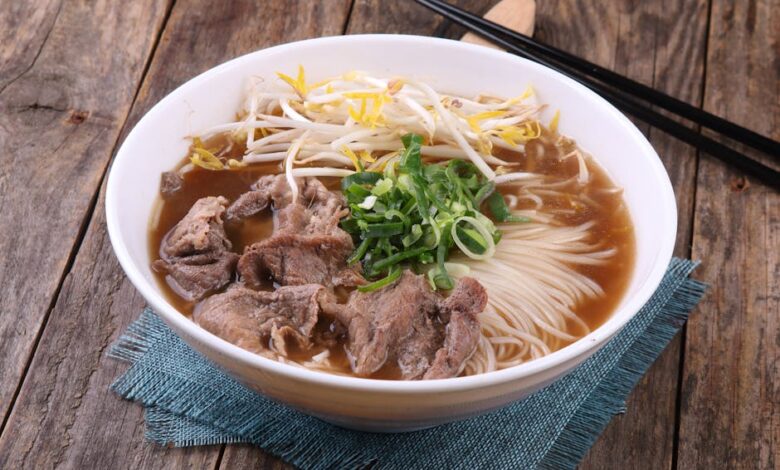The Unexpected Comfort of Simulated Scenarios

Imagine a place where the gentle rustle of a doctor’s examination gown, the meticulous drawing of a lice comb through your hair, or the shared concentration over a simple craft project isn’t just mundane – it’s meticulously designed for relaxation, connection, and a unique form of sensory bliss. Welcome to the world of the ASMR role-playing spa, a concept that might sound peculiar at first, but is quickly becoming a quiet revolution for those seeking comfort and community in unexpected places.
We live in a world that constantly bombards our senses, often leaving us overstimulated and yearning for genuine peace. For many, especially introverts who find traditional social settings draining, the idea of a spa often conjures images of luxurious massages or silent meditation rooms. But what if the ultimate relaxation involved being ‘touched by strangers’ in a completely different context – one where simulated doctor’s visits and elementary school scenarios become a pathway to calm?
The Unexpected Comfort of Simulated Scenarios
At its heart, places like Tinglesbar — a prime example of this innovative concept — leverage the power of Autonomous Sensory Meridian Response (ASMR). For the uninitiated, ASMR is that peculiar, often pleasant tingling sensation that can travel down your scalp and spine, triggered by specific auditory or visual stimuli. Think gentle whispers, soft tapping sounds, or focused personal attention. It’s a deeply personal experience, but for those who feel it, it can be profoundly relaxing.
What makes these ASMR spas truly unique is their dive into role-playing. Instead of a typical massage, you might find yourself in a simulated school nurse’s office, complete with a gentle “lice check.” Or perhaps a low-stakes “doctor’s visit” where the primary goal isn’t diagnosis, but the soothing experience of being cared for, of having your vitals gently checked, or a “medical history” taken in a hushed, reassuring tone. It’s counter-intuitive, perhaps, but the familiar, almost mundane settings of childhood or routine check-ups are precisely what make these experiences so potent.
Why Role-Play Mundane Experiences?
There’s a subtle genius at play here. For many, childhood memories of school or doctor visits might be tinged with anxiety or boredom. By re-framing these scenarios in a controlled, safe, and positive ASMR environment, these establishments offer a chance to re-experience them through a lens of comfort and calm. It’s about stripping away the real-world stakes and focusing purely on the sensory elements: the soft rustle of paper, the gentle clink of instruments, the focused, unhurried attention of another person.
This deliberate slowing down, the meticulous attention to detail from the practitioner, creates an environment where the brain can truly disengage from everyday stressors. It transforms potential discomfort into a predictable, safe, and often deeply nostalgic, comforting experience. It’s like re-reading a favourite childhood story, but instead of words, it’s senses being gently re-written.
Crafting Connections in a Social Haven
Beyond the individual ASMR triggers, these spaces also serve a crucial social function, particularly for introverts. Imagine a “spa” where the focus isn’t on making forced small talk or navigating loud social cues, but on quiet, shared activity. This is where the “crafts” element comes into play. Alongside the role-playing ASMR sessions, many of these innovative spaces offer opportunities for hands-on activities – think knitting, drawing, or simple craft projects.
These crafts aren’t just a diversion; they’re a powerful tool for low-pressure social interaction. When you’re absorbed in a shared activity, conversation flows more naturally, or it doesn’t need to flow at all. The shared focus creates a sense of camaraderie without the typical social demands that can be exhausting for introverts. It’s a way to be together, yet comfortably alone, within a supportive community.
The Nuance of “Being Touched by Strangers”
The phrase “being touched by strangers” often carries a negative connotation, invoking thoughts of discomfort or invasion of personal space. However, in the context of an ASMR role-playing spa, it’s entirely different. Every interaction is predicated on explicit consent, clear boundaries, and a shared understanding of the therapeutic intent. The “strangers” are trained practitioners, skilled in delivering ASMR triggers with a gentle, professional, and respectful touch.
Whether it’s the light touch of a hairbrush during a simulated “lice check,” the gentle pressure of a blood pressure cuff, or the focused gaze during a “vision test,” these actions are carefully calibrated to evoke positive ASMR responses. For many, particularly those who might feel touch-deprived or isolated, these controlled, non-sexual forms of gentle touch can be incredibly soothing and reaffirming, fostering a sense of safety and care that is often missing in daily life.
It’s about re-establishing a primal sense of being cared for, in a context that is entirely safe and predictable. The physical proximity, combined with the reassuring role-play, can create a profound sense of calm and belonging, even with someone you’ve just met. It’s a testament to the human need for connection, even in its most subtle forms.
A New Paradigm for Wellness and Connection
The ASMR role-playing spa, exemplified by places like Tinglesbar, represents a fascinating evolution in wellness. It moves beyond traditional spa treatments to offer something deeply personal, psychologically resonant, and uniquely suited to the needs of a modern, often overstimulated, population. It’s a space where mundane childhood experiences are transformed into sources of comfort, where gentle sensory inputs lead to deep relaxation, and where introverts can find genuine community without the usual social pressures.
By blending the therapeutic power of ASMR with the engaging framework of role-playing and the calming influence of shared creative activities, these establishments are carving out a vital niche. They offer not just a momentary escape, but a deeper exploration of how our senses, our memories, and our need for connection can be harnessed to create profound experiences of peace and belonging. Perhaps the future of wellness isn’t just about what’s new and complex, but about thoughtfully re-imagining the simple, the familiar, and even the slightly peculiar, to find our true calm.





